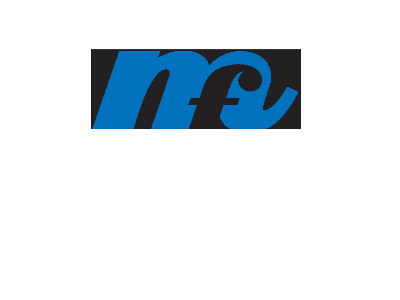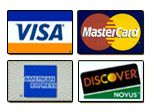

 We provide a wide variety of best in class longboard skateboard and old school skateboard decks, trucks, wheels, and accessories with great service and fair prices. We provide a wide variety of best in class longboard skateboard and old school skateboard decks, trucks, wheels, and accessories with great service and fair prices.








FAQS New to longboarding or interested in learning more? Here are some answers to some frequently asked questions that can help you get acquainted with the sport...
What makes longboarding different from shortboarding?
Longboarding is a type of skateboarding that uses boards that are generally longer than conventional skateboards. Longboards are used more for downhill riding, carving, or just cruising around. Bigger, heavier and used mainly on streets, longboards offer a smoother, more controlled ride.
Do you ship internationally?
Absolutely! It's been great to hear from so many skaters around the world. At this point, we are fielding requests for quotes on an individual basis, since the possibilities are endless. We hope to compile a list of the most requested countries in the near future.
What is carving?
Carving is the act of displacing and shifting your weight on the board to produce a fluid and stylized turn on the board. Carving is just one of longboarding's attributes that can be closely linked to surfing.
What is the difference between camber, rocker, and concave decks?
Camber is used to describe a deck that has a slight arch lengthwise along the deck in its resting state. Numerous longer decks have this quality to counteract the rider's body weight during riding. Rocker is just the opposite of camber and describes a board that bows toward the ground. This gives the rider a lower center of gravity while riding. Lastly, concave refers to a board with its sides turned up at slight angles. This aids in foot traction by not allowing your feet to slide off the board as easily. Concave boards are generally used in situations where the rider will be making more aggressive moves.
Are there advantages to different shaped boards?
While some riders may simply like the aesthetics of a board's shape, decks are designed with specific uses in mind. Pintail and pointed nose boards are recommended for downhill and carving styles, where speed and economy of space are desired. Boards with kick tails or sharply upturned noses are designed for more aggressive riding incorporating kick turns, quick cutbacks, etc. Boards with wide noses that feature a more gradual rise or flat profile, allow for nosewheelies, or just hanging ten. Some decks feature wheel cutouts. This allows for sharper turns while eliminating "wheel bite" (when the wheel rubs the bottom of the board during turning. See also riser pads below.)
What is the advantage of custom assembling my board?
Custom assembling helps you get a complete skateboard that is right for you. Different riding styles, terrains, etc. may require varying types of equipment; being able to choose the components allows you to choose the deck, trucks, wheels and so on that will address your personal riding needs. We welcome inquiries regarding which components will deliver the best ride for you.
How do I choose trucks?
The best trucks for you are determined by the type of riding you'll be doing and the budget you are working with. All trucks are designed around key components: the axle, the bushing and the king pin, assembled in a number of ways. Traditional trucks such as Tracker and Independent offer good riding quality at affordable prices and are excellent for everyday cruising. Exkate, Randal, and Seismic trucks are designed more for riding at higher speeds and carving. These trucks allow for a tighter turning radius, are more resistant to speed wobbles, and offer greater control and response in quick turns.
What are risers used for?
Risers serve three purposes. First, risers do just as their name implies: raise a board higher off of the ground, thus reducing or eliminating wheel bite. Secondly, if angled risers are utilized, turning radiuses are reduced. Properly installed angled risers can be an effective way to give a board a sharper turning radius, resulting in quicker turns. Thirdly, urethane or rubber risers help absorb road vibrations resulting in a smoother ride.
Why are there different types of wheels?
Just as certain boards and trucks optimize individual riding styles and terrains, so do wheels. Lower durometer (hardness) wheels, such as 74A-80A, are softer and have outstanding grip on streets, but tend to be a bit slower. Wheels in the midrange, such as 82A-90A, strike a delicate balance between speed and grip. They are faster but with a looser grip, so controlled slides are more easily achieved. The hardest of wheels, 92A and greater, are primarily used on very smooth surfaces, such as cement skateparks. They are fast, but don't usually work as well on streets.
What if I don't know what kind of equipment I need?
Send us an e-mail or call, and we will be happy to help get you rollin' on a board that is just right for you! As always, you can contact us at bwirt@musicfit.net
 Madonna strikes a pose with custom acoustic guitar. Madonna strikes a pose with custom acoustic guitar.
MUSICFIT.NET Worldwide Guitar Shopping


|
